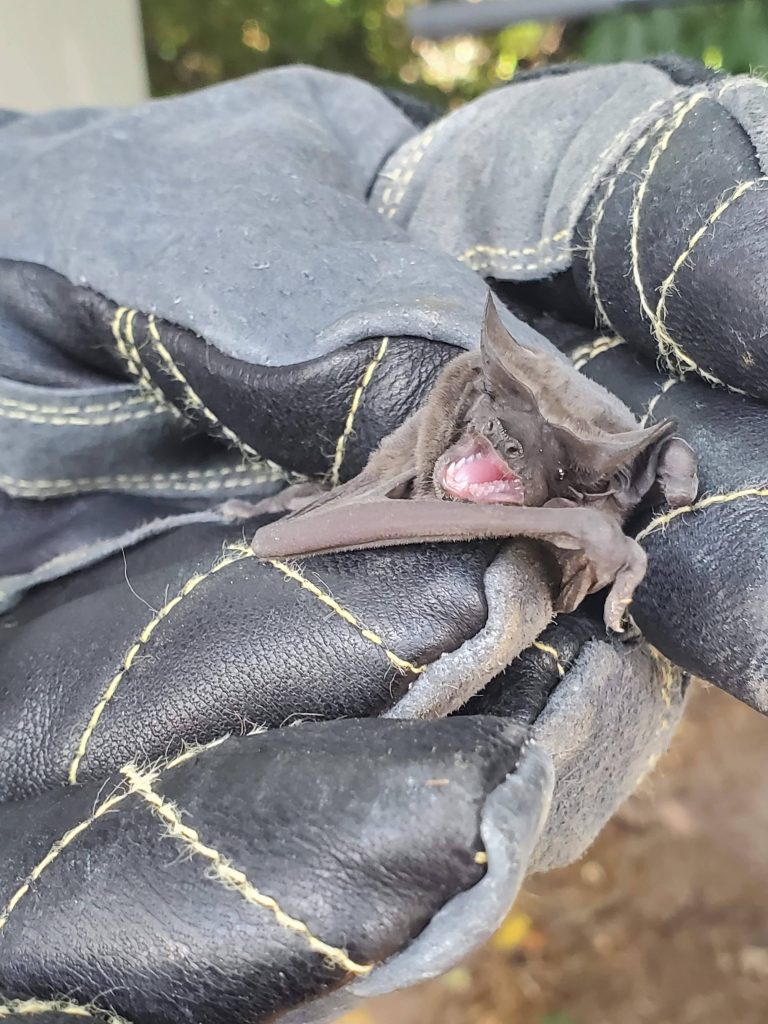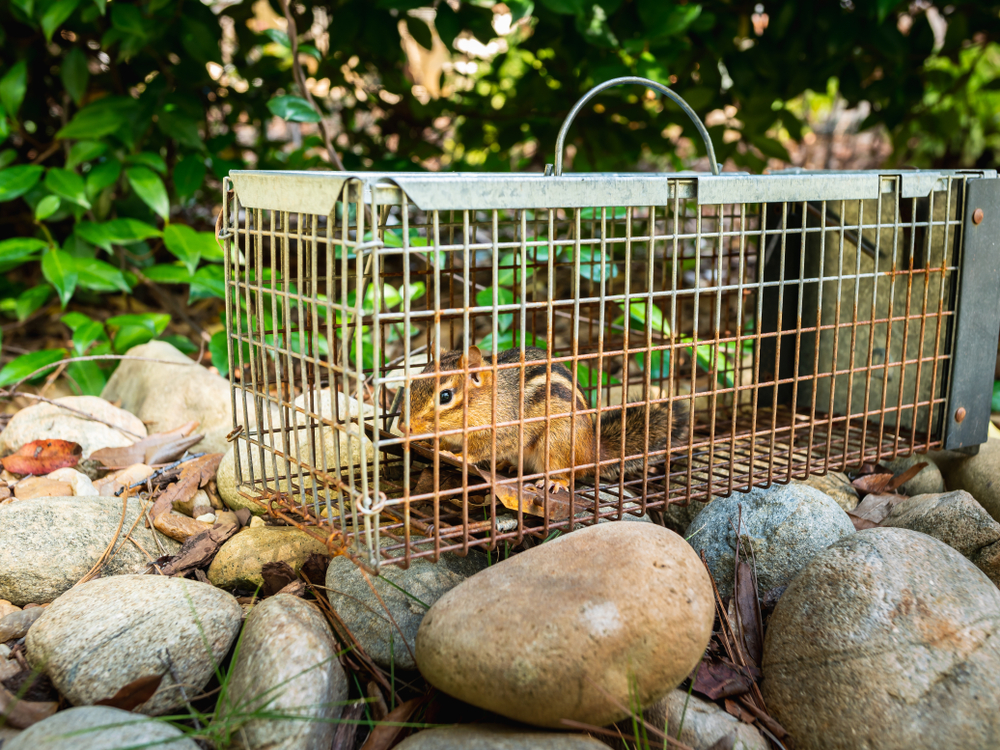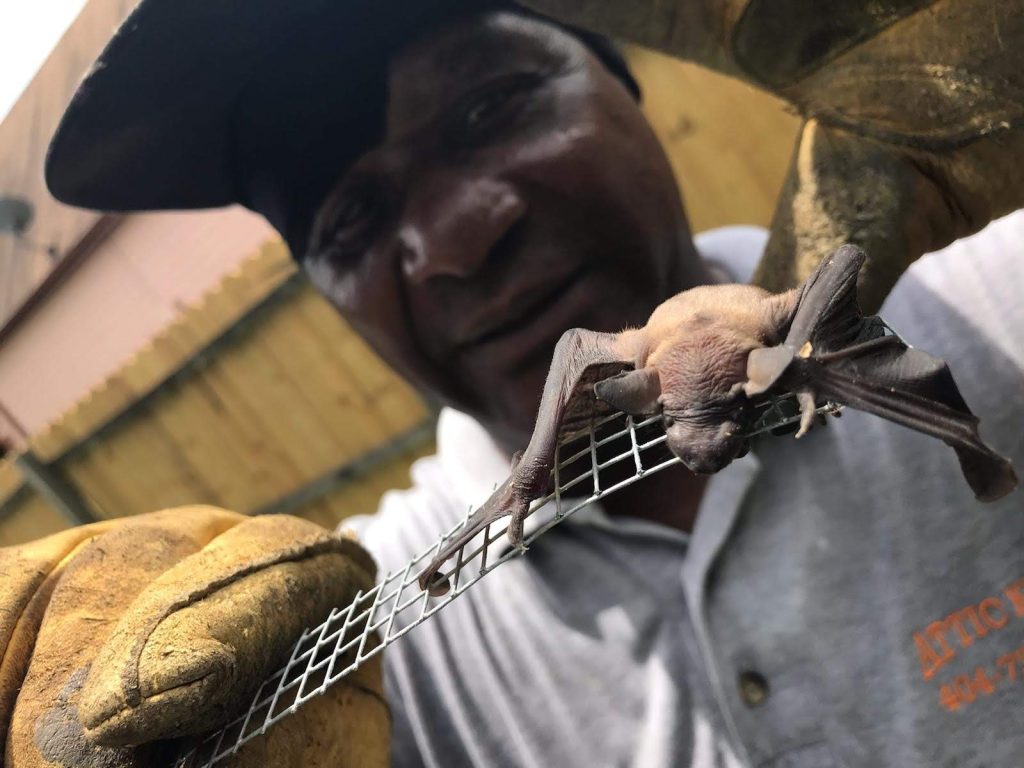Discovering critters like raccoons, baby raccoons, rats, bats, squirrels, flying squirrels, opossums, and skunks in your attic, walls, or basement can be a challenging and unnerving experience. These unwanted guests not only pose health risks but can also cause significant damage to your property. In this blog, we’ll explore humane and effective ways to remove, trap, control, and exclude these critters while also emphasizing the importance of protecting your Georgia home from future infestations.
I. Identifying Common Attic, Wall, and Basement Critters
Before addressing the issue, it’s essential to identify the critters that have taken up residence in your home. Here are some common critters in Georgia:
- Raccoons and Baby Raccoons: These intelligent mammals are notorious for rummaging through trash and can be carriers of diseases like rabies.
- Rats: Rats are known carriers of diseases, and they can chew through wires and insulation, posing both safety and health risks.
- Bats: Bats may roost in attics and can pose health risks due to the potential transmission of diseases like rabies.
- Squirrels and Flying Squirrels: These agile rodents often enter attics, chew on wires, and cause damage.
- Opossums: Opossums may seek shelter under your house, shed, or garage.
- Skunks: Skunks are infamous for their foul-smelling spray and may dig under porches and decks.

Bats in attic. Bat removal. attickings_pestcontrol_norcross. attickings_animalcontrol_norcross
II. Removal and Trapping Techniques:
- Live Traps: Live traps, baited with critter-appropriate food, can be used to capture the animals humanely. Once trapped, relocate them far from your property to ensure they don’t return. For baby raccoons, consult a wildlife specialist who can safely remove and care for them.
- Professional Assistance: When dealing with larger or potentially aggressive critters, like raccoons or skunks, it’s safer to hire a professional wildlife removal service. These experts possess the skills and equipment needed for humane and effective critter removal.
- Exclusion Methods: Prevent critters from re-entering your home by sealing off entry points. Inspect your attic, walls, and basement for gaps, cracks, and openings, and make necessary repairs.
III. Control Measures
Once the critters are successfully removed, implement control measures to prevent future infestations:
- Regular Maintenance: Maintain your property well to reduce hiding spots and potential food sources for critters.
- Secure Trash: Use critter-proof trash cans and secure lids to prevent critters from accessing your garbage.
- Garden Maintenance: Trim branches and shrubs away from your home to eliminate potential pathways for critters.
- Sealing Entry Points: Conduct regular inspections and promptly seal any new openings.
IV. Protecting Your Georgia Home in the Future:
- Install Screens and Vents: Use critter-proof screens and vents to cover openings, ensuring critters cannot enter.
- Regular Inspections: Periodically inspect your property for signs of critter activity, such as chewed wires or droppings.
- Educate Yourself: Learn about the critters common in your area and their habits to proactively protect your home against them.
- Consider Repellents: Install motion-activated lights or ultrasonic devices to discourage critters from approaching your home.
Conclusion
Dealing with critters in your attic, walls, or basement is a task that requires patience and a humane approach. From live trapping and exclusion techniques to control measures and preventive actions, there are several steps you can take to protect your home and keep it critter-free. By following these guidelines, you can enjoy a peaceful, critter-free living space while respecting the local wildlife and ensuring the safety and well-being of both your family and the animals themselves.


